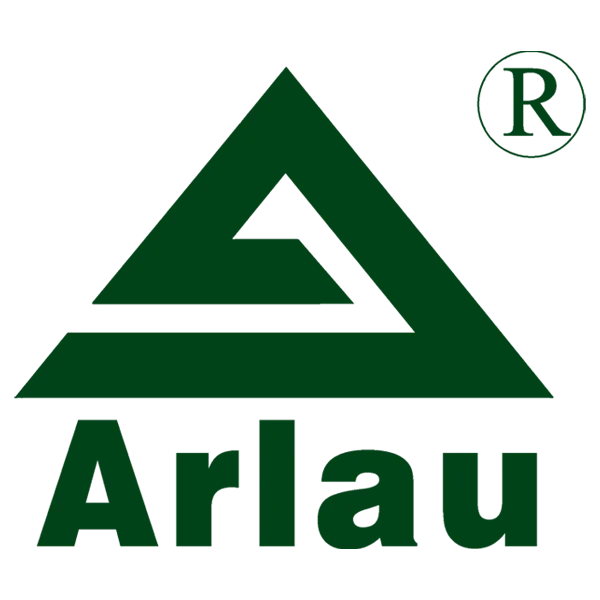Arlau custom outdoor furniture manufacturer for 20+ years.
Ultimate Checklist for Dog Obstacle Course Training
Dog obstacle course training is more than just a fun activity; it’s a holistic approach to enhancing your dog’s mental and physical well-being. Imagine your furry friend zooming through tunnels, leaping over jumps, and weaving through poles. Not only does this training improve their agility and coordination, but it also strengthens their relationship with you, the trainer. Regular exercise through these obstacles keeps your dog physically fit, reducing the risk of obesity and joint problems. Moreover, mental exercise, such as navigating through complex routes, sharpens their cognitive skills and reduces boredom.
Setting Up Your Training Environment
The first step in successful dog obstacle course training is setting up a safe and controlled environment. Whether you’re using your own backyard or a dedicated training facility, the space should be spacious enough to accommodate all the obstacles and allow your dog to move freely. Ensure the floor is non-slip and free from uneven surfaces or tripping hazards. If possible, choose an indoor area to control the lighting and temperature. Soft surfaces, such as rubber mats and foam obstacles, can help cushion falls and minimize injuries. Safety should always be your top priority to prevent accidents and injuries.
Essential Dog Obstacle Training Equipment
To train your dog effectively, you need the right equipment. Start with basic items like balance beams, weaves, and narrow tunnels. Balance beams help improve your dog’s balance and coordination, while weaves train their focus and agility. Narrow tunnels simulate real-life challenges and build confidence. Jumps of various heights and types (flat, box, tall) are crucial for developing your dog’s jumping skills. Invest in durable and adjustable equipment that can accommodate different dog sizes and skill levels. For example, height-adjustable jumps allow you to gradually increase the difficulty as your dog becomes more skilled. Using safe and reliable gear ensures your dog is comfortable and confident during training sessions.
Training Techniques and Strategies
Training your dog for an obstacle course requires a combination of basic commands and gradual introduction to complex obstacles. Start by building your dog’s confidence in their environment. Use positive reinforcement, such as treats and praise, to reward successful attempts. Teach basic commands like "come," "sit," and "heel" before moving on to more complex tasks. Gradually introduce simple obstacles, such as a low jump or a short tunnel, and gradually increase the difficulty. For instance, you can start with a 1-foot jump and gradually raise it to 2 feet. Consistency is key; regular training sessions will help your dog understand the course and build their endurance.
Maintaining a positive training environment is crucial for your dog’s success. Avoid using force or punishment, as this can create anxiety and undermine your relationship. Instead, focus on building a trusting and enjoyable training experience. For example, use clicker training to mark correct behaviors and reward your dog promptly. Regular breaks during training sessions can also help prevent fatigue and maintain your dog’s enthusiasm.
Hazard Identification and Risk Management
During obstacle course training, there are several hazards to watch out for. Common issues include tripping, falling, and collisions. To mitigate these risks, carefully assess the training area and remove any potential hazards. For example, ensure there are no loose rocks or uneven surfaces that could cause your dog to slip. Use padding and protective gear, such as splint jackets and muzzle guards, to prevent injuries. Monitor your dog’s body language and behavior for signs of discomfort or stress. If your dog seems hesitant or shows signs of fear, take a break and reassess the situation. Safety protocols, such as having a second person observe and manage the environment, can also provide an added layer of protection.
Progression and Advancement
As your dog progresses through the obstacle course, it’s essential to have a structured plan to build up their speed and endurance. Start by setting small, achievable goals and gradually increase the difficulty. For instance, you can start with five jumps in a row and then move on to adding weaves or tunnels. Keep training sessions short and frequent to avoid burnout. Monitor your dog’s progress closely and adjust the training plan as needed. Consistent practice is key to improving their skills and ensuring they are ready for more advanced challenges.
Maintaining Durability and Safety
Regular maintenance and safety checks are crucial for the longevity of your training equipment and the safety of your dog. Regularly inspect all equipment for signs of wear and tear, such as loose parts or weakened structures. Replace any damaged items immediately to prevent accidents. Store your equipment properly in a dry, cool place to avoid deterioration. Proper handling and storage can extend the life of your gear and ensure it remains safe and effective for training.
By following these steps, you can create a safe, enjoyable, and effective obstacle course training program for your dog. Remember, the key to success is consistency, positive reinforcement, and a focus on safety. Regular practice and a well-planned training schedule will help you and your dog reach your goals and enjoy the benefits of obstacle course training.
![]() Tel: 0086-180 8300 0250
Tel: 0086-180 8300 0250
![]() Email: zy@arlau.com
Email: zy@arlau.com
![]() Mobile/WhatsApp: +86 180 8300 0250
Mobile/WhatsApp: +86 180 8300 0250
![]() Company Address: 410, Building A, International Student Entrepreneurship Park, No. 77 Kecheng Road
Company Address: 410, Building A, International Student Entrepreneurship Park, No. 77 Kecheng Road
![]()





